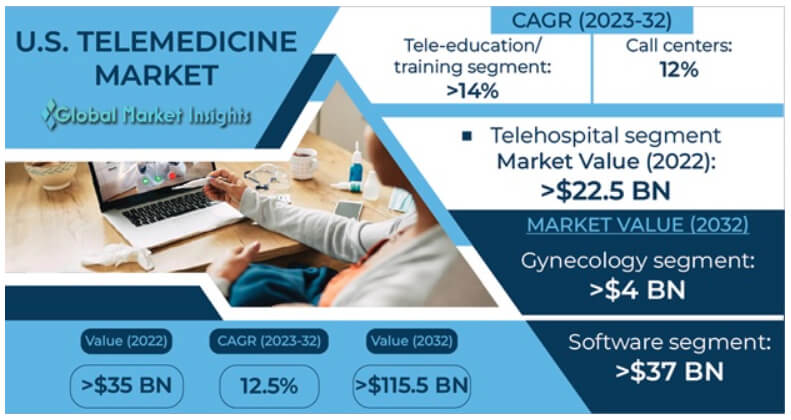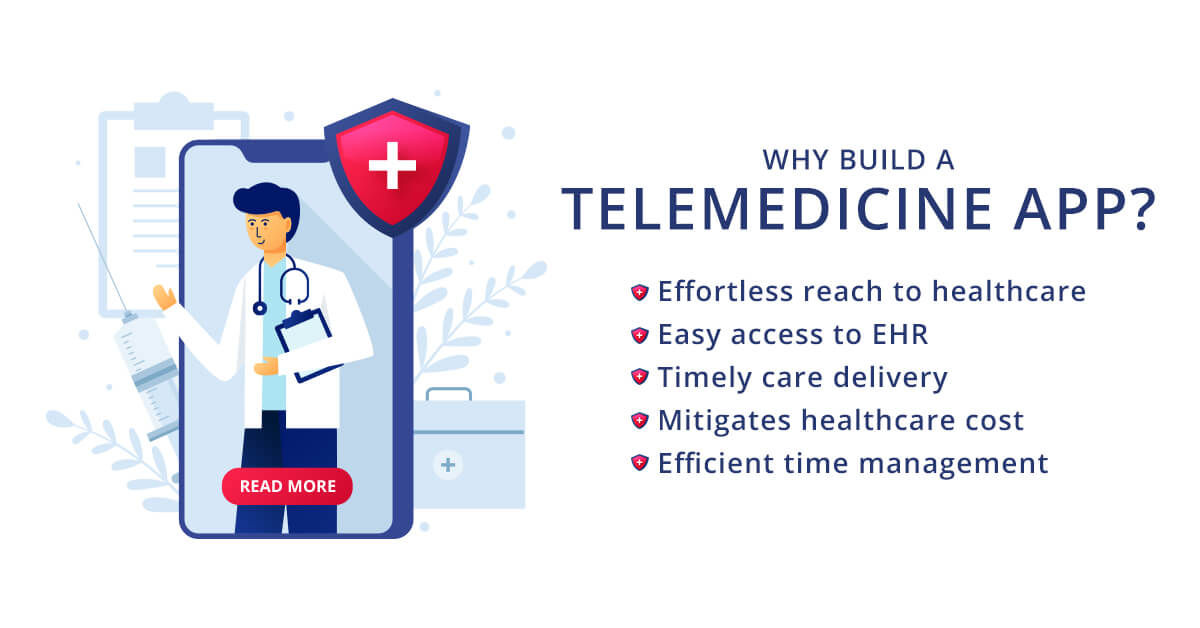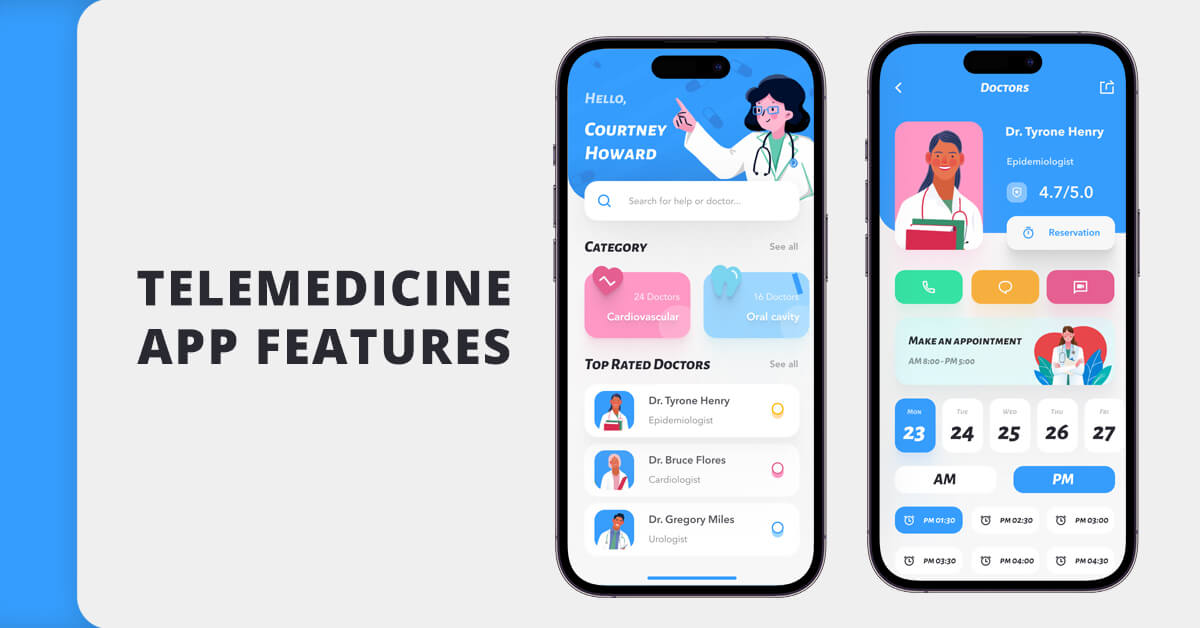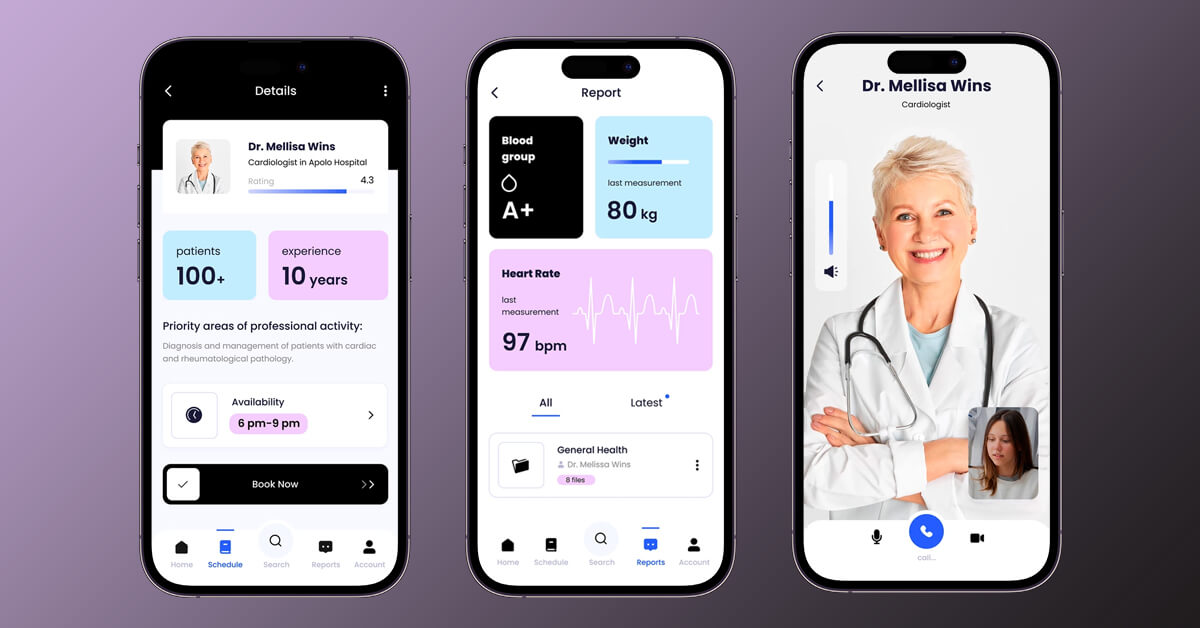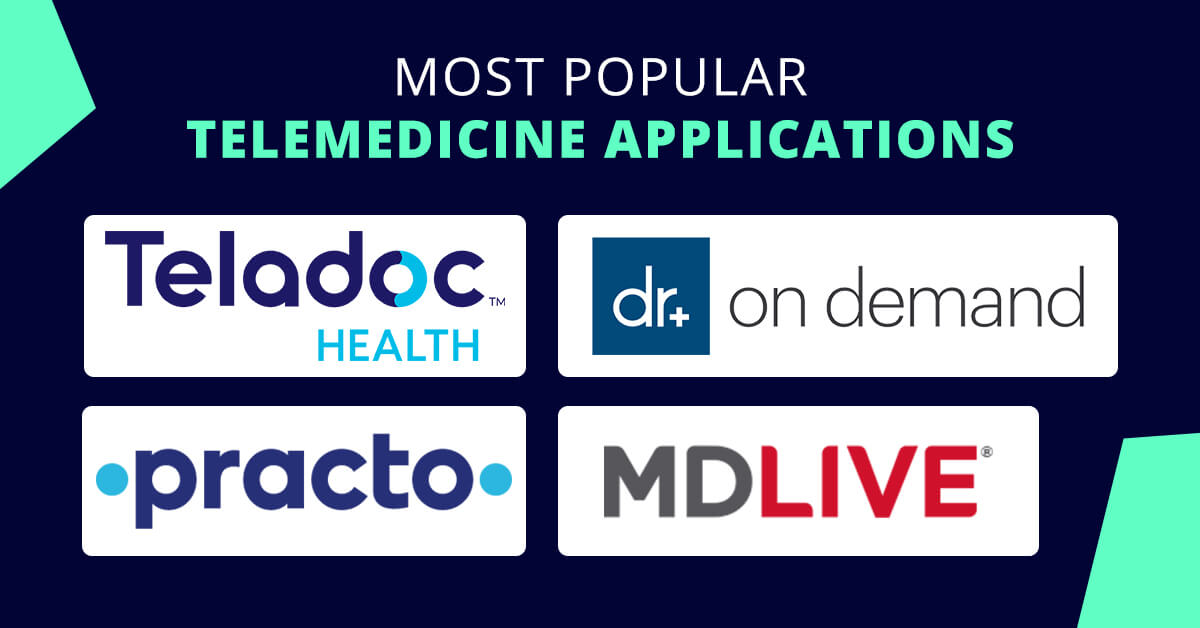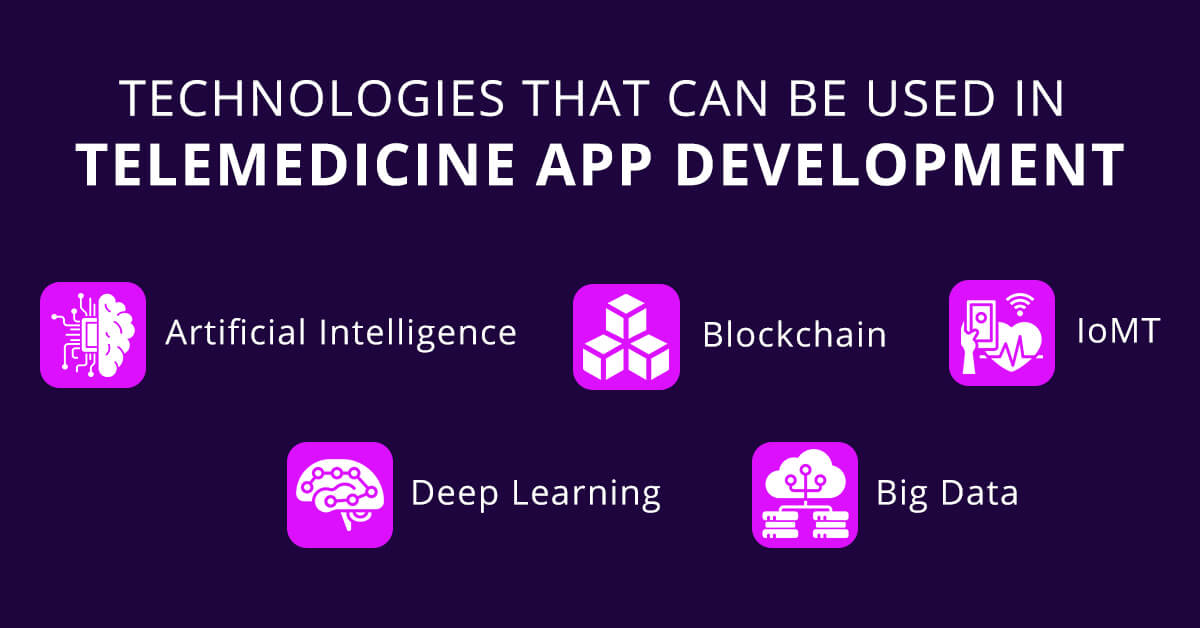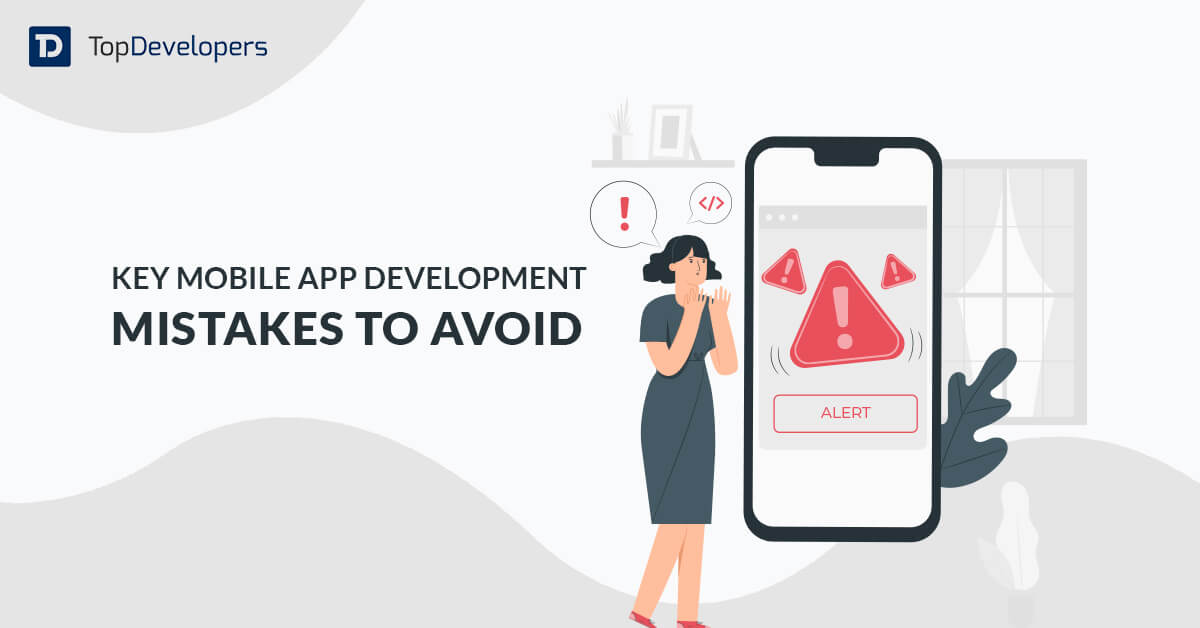
The global telehealth market size was valued at $83.5 billion in 2022 and is projected to expand at a CAGR of 24.0% from 2023 to 2030. One thing is certain: telemedicine is the future of healthcare and there’s no time like the present to invest in building telemedicine apps.
Getting in touch with the top healthcare app development companies can help you bring the ideas to life in the most profitable manner with the development of a brand-new telemedicine mobile app.
Before you get started with development you need to know about the technologies, challenges, and costs of building your new app with many other details. Read and revise your strategy accordingly to get successful. Keep scrolling!
Table of Contents
- Latest Telemedicine Trends & Market overview in 2023
- What is Telemedicine?
- Why build a Telemedicine App?
- How Does Telemedicine App Work?
- How Much Does it Cost to Build a Telemedicine App?
- What are the must-have features in Telemedicine Apps?
- Most Popular Telemedicine Applications for Providers and Patients
- How do telemedicine apps owner make money?
- What types of technologies can be used while developing a telemedicine app?
- What are the biggest challenges faced when building a telemedicine app?
- How to build your telemedicine app?
Latest Telemedicine Trends & Market overview in 2023
The global telehealth market has generated $60 billion in 2022 and is expected to grow revenue at a CAGR of nearly 35% during 2023-2033 due to the rising chronic disorders and increasing geriatric population across the globe.
The telehealth market in the North American region is projected to hold the largest market share by the end of 2033. The Asia Pacific region is also expected to witness the fastest growth during 2023-2033 due to the high economic growth of India and China.
The US telemedicine market is not behind as it is expected to grow to $115.5 billion at a CAGR of 12.5% in the duration of 2022 to 2032 driven by the strong prevalence of chronic diseases such as cancer, heart attack, and diabetes due to unhealthy lifestyles.
What is Telemedicine?
Telemedicine is a popular method of providing health treatment and diagnosis remotely. It allows patients to communicate with a healthcare professional via telecommunications technology such as video chat, phone calls, or text messages. With the help of a telemedicine application, patients can schedule an appointment with a doctor and receive a consultation without leaving their homes.
In fact, telemedicine apps are a win-win for both patients and doctors. Patients can receive medical treatment in the comfort of their homes, and save time and money, while doctors can choose their own schedule, spend less time on administrative work, and get more patients, and additional revenue.
Many factors have contributed to the growth of the telemedicine market, including the Covid-19 pandemic. Of course, telemedicine was on the rise prior to the global pandemic, however today it is more popular than ever. In fact, with social distancing measures in place, telemedicine applications have become the only alternative for patients to see their doctors and continue their consultations.
Why build a Telemedicine App?
The telemedicine app market is expected to grow by manifolds, which indicates 2023 is the best time to invest in it. There are many reasons to dive into telemedicine applications and build the app solution for your business. A few of them are mentioned below that will let you know about the benefits of having an app for your telemedicine and healthcare business.
Effortless reach to healthcare
In rural areas, healthcare facilities are not good and people don’t have access to hospitals or physicians. The healthcare professionals’ shortage in such remote areas is fulfilled with telehealth apps that enable healthcare facilities available virtually. Also, it helps low-income group people to get a consultation from world-class specialists around the clock, which is the biggest advantage of telehealth solutions.
Easy access to Electronic Health Records (EHR)
Telehealth solutions store patients’ healthcare records electronically so that physicians can access them anytime, anywhere. A single view of a patient’s healthcare data such as family medical history, patient’s medical history, previous illness, and prescriptions helps them to understand the health status and provide prescriptions accordingly. Also, EHR gets updated automatically which mitigates errors and improves patient engagement as well.
Timely care delivery
Severe health issues require complex health screening that eats up several weeks of time and hours wasted on the commute is an add-on. The Telemedicine healthcare system eliminates regular visits and saves time by 56%. The applications allow users to book appointments and get a consultation at their convenient time thereby they don’t need to visit the hospital and wait for a long time in the queue at the clinic or hospital.
Mitigates healthcare cost
Having a remote healthcare delivery system means physicians don’t need to purchase or take space on rent to provide healthcare services. Telemedicine app enables doctors to self-employ themselves and provide their services. Therefore, the charges or fees of doctor consulting get reduced.
Hospitals also experience an increased number of appointment bookings as patients don’t need to wait for a prolonged time period and can get consulting or healthcare services at their convenience. It conclusively increases revenue in a limited time which makes hospitals keep the fees competitive to attract the maximum number of patients seeking medical help.
Efficient time management
Physicians and staff have a number of patients to consult and treat, and a lot of back-and-forth puts them off and they suffer from burnout. Telemedicine app solutions help them to effectively manage their time with in-app schedules and reminders; never letting them miss their appointments.
Also, When a telehealth solution is synced with Customer Relationship Management (CRM) software, the administrative tasks get reduced by half. For instance, administration can automatically track physicians’ workload and help them balance work-life with changes in shifts and more.
How Does Telemedicine App Work?
The understanding of telemedicine apps and their benefits in healthcare service delivery has made it clear that telehealth usage requires custom telehealth software, a camera, and a microphone. Telehealth software that connects physician and patient, and keeps a record of patients’ data with a simple logic and app flow. Here’s how the telemedicine app works.
- Registration and sign-in: Patients can complete the registration process and log in using their phone number or email ID.
- Profile creation: Post-login the patients can upload medical records and provide their medical information, family medical history, past treatment plan, and insurance information that appears on the patient’s dashboard.
- Apply search and filters: After login, when the patient can view the doctor’s profile tailored to their medical’s preferences. By applying filters, patients can view the doctors based on their specialization, rating, language, gender, and more, which helps in narrowing down the search.
- Book appointment: After selecting the doctors’ profiles along with their schedules, qualification, and workload, the patients can request doctor appointments according to their convenience.
- Share interactive data: Before video consultation with the doctor, patients can share images (MRI images), audio or video files, and necessary documents (lab test reports) so that doctors would know about the patient’s health in advance and can make the best treatment plan in the shortest time.
- Data storage digitally: Post-video consultation, the treatment plan and drugs prescribed by the doctors get stored digitally so that data and visit duplication are prevented and billing services get streamlined.
- Payment: Patients can pay for medical bills with in-app payment methods such as credit cards, debit cards, cash, and other payment gateways. Later, the receipt is sent to the patient digitally.
How Much Does it Cost to Build a Telemedicine App?
The cost of top telemedicine app development depends on several factors, including the number and complexity of features, app design and its size, the technology stack, and the hourly or fixed rate of the healthcare app development team you are hiring.
Each of these factors will impact how much you’re going to pay to the hired healthcare mobile app development firm.
The approximate cost of developing a telemedicine app is around $60,000-$110,000+ per platform. Want to add more functionality? No problem! Just be ready to spend more money. The development of a complex telemedicine app will cost around $340,000* per platform.
It’s a rough estimate, but if you want to know accurate telemedicine app development costs, then a discovery workshop from a leading telemedicine app development service provider will help you. Once the telemedicine app development cost. For instance, the hourly rate of American developers ranges between $50-$150, Australian developers charge $40-$80, and the cost of South Asian developers goes up to $50.
What are the must-have features in Telemedicine Apps?
Consider the following essential features to have for patients and doctors when building the best telemedicine app!
Features for patients in Telemedicine App
Registration: Patients should be able to sign up through email, a phone number, or social networks. Since telemedicine applications deal with sensitive data, it’s crucially important to provide a higher level of protection (two-factor authentication via SMS, voice, or phone).
Patient profile: Once a new user logs in after registration to your telemedicine app, he or she must provide information about their age, sex, insurance, chronic conditions, etc. But make sure to streamline this process as much as possible by limiting the number of compulsory fields (well, because no one normally likes filling out long forms).
Search: After easy and fast registration, the app users should be able to search for medical care specialists based on one or more criteria (specialization, location, rating, etc.).
Appointments and calendar: This is an important feature to help patients create, reschedule, or cancel appointments with medical professionals. Patients will also be able to access a calendar to check their future appointments.
Communication tools: A must-have feature in the MVP to enable patients and doctors to communicate with each other in real-time (via audio or video conferencing, or live chat).
Payment integration: Well, this one is obvious. – After a consultation, the patient pays the doctor for the service provided. – Payment in Telemedicine or Healthcare apps can be done via integrating a payment gateway like Stripe, PayPal, or Braintree.
Push Notifications: Include the push notification feature to remind patients of all upcoming medical appointments.
Rating and reviews: Allow patients to express their opinion, write reviews, and rate doctors after their virtual consultations with doctors.
Features for a doctor and medical professional in Telemedicine App
Doctor profile: Doctors need to fill out the information about their specialization, and experience, add their licenses, etc while registering with the telemedicine app.
Scheduling and calendar: Add this feature to let doctors, physicians, surgeons, and any healthcare professionals set their availability, view patient requests for medical consultation, have access to a calendar of all scheduled appointments, and set reminders for their appointments.
Communication: In order to consult, make diagnoses, and monitor the remote patient’s condition, enable doctors to communicate with patients via audio or video consultations, or in-app messages.
EHR review: Telemedicine apps integrated with Electronic Health Records (EHR), make it easy for doctors to check patient records stored within the app or hospital database.
E-prescription: An essential feature that lets doctors create and send prescriptions electronically to patients or pharmacies right after the remote consultation. Later, patients can visit the nearby pharmacy with a prescription on their devices.
Most Popular Telemedicine Applications for Providers and Patients
Some forward-thinking entrepreneurs built apps for telemedicine quite a long ago that have helped both- patients and healthcare providers with remote healthcare services and brought a wide spectrum of benefits to the table. Check out the best brands in telemedicine that can help you to make decisions.
Teladoc
The telemedicine app launched in 2002 provides healthcare services across the USA. The telehealth solution provider is the leading telehealth and telemedicine services provider that has generated billions of dollars in revenue. With a set of unique features such as
- Adding family members to accounts,
- Appointment scheduling from a single account
- Determining the reason for a visit
- Ability to upload photos to show symptoms
- Option to choose a nearby pharmacy, and directly collect medicines from the store
At last, the patients receive the invoice and prescription that can be collected from the store. With no fixed price associated with the Teladoc solution, the consulting fee depends on the patient’s health plan.
Doctor on demand
The US-based telehealth solution enables patients to reach out to physicians remotely and schedule video meetings through their mobile devices. In addition to video consulting, the patients can check fees, manage their medicines, and get push notifications to inform them of every activity (appointment confirmation, alerts for doctor meet-ups, reminders for medication, and more).
The Doctor on demand app enables physicians to examine patients’ health status, test reports, and symptoms before providing a treatment plan. HealthKit integration allows physicians to check blood pressure and body temperature right through mobile.
MDLive
The app released in 2009 currently operates in the USA only that connects patients, physicians, doctors, and insurers using the same platform. The solution resolves behavioral, medical, and dermatological issues through mobile video calls. In addition to video calls, e-prescriptions, mobile payments, health records checking, and instant messaging are facilitated.
There’s no fixed plan in the MDLive application. Instead, the price ranges between $0 to $284 depending on the insurance taken by the patients.
Practo
The telehealth solution is popular in India and has connected more than 25 million patients with 1 billion physicians. The platform facilitates private online consultations through video calling with verified specialists for health concerns. Also, the patients can find nearby doctors and get appointments booked, order and get medicines at their doorstep, get lab tests done from home, and identify nearby surgery centers.
During the corona outbreak, the online telemedicine app has worked wonders in providing remote healthcare facilities, full body checkups, diagnostic test booking, and more. There’s a Practo plus healthcare plan for patients to enjoy 24/7 access to doctors, full family consultation, quick connection with physicians, and video consultation after subscribing to premium plans.
How do telemedicine apps owner make money?
Telemedicine applications are helping people and physicians worldwide, that’s honorable. However, no app can work longer without funding and most business owners would like to earn via their apps. The monetization strategies can help businesses make the app keep working while bringing huge revenue to the table. There are various monetization models that help businesses create a win-win situation. Take a look at some of them.
Freemium: The telemedicine app with basic features available to download for free and then interested users can access additional features by making a payment.
Premium: It involves the user’s need to pay for the telehealth app download.
Subscription: This model includes users paying subscription fees monthly, annually, or half-yearly for using healthcare services.
Commission-based: This revenue model involves charging a fee for each transaction occurred through the platform.
In-app purchase: Generate extra revenue with in-app purchases such as unlocking premium features, content, buy medicine or healthcare products, and others that users can access limitlessly.
What types of technologies can be used while developing a telemedicine app?
Many healthcare service providers come up with great app ideas. But that’s not enough! If you really want to build one of the most downloaded telemedicine apps, you should be aware of the trends that shape the future of telemedicine and online medicine delivery apps in the healthcare industry. Let’s look at the biggest technology in mobile healthcare in 2023 that can be used in telemedicine apps.
Artificial Intelligence
Unquestionably, one of the most important technologies behind telemedicine apps is Artificial Intelligence. In telemedicine apps, AI is mainly used for making appointments, finding nearby clinics, analyzing medical records, and other data.
Blockchain
Wondering how to make your telemedicine app more secure? Blockchain-based solutions can help to build a secure application! Blockchain technology allows patients and doctors to share medical data in a more secure encrypted format.
IoMT
IoT-powered telemedicine apps enable doctors to continuously monitor the progress of their patient’s health. IoMT- Internet of Medical Things taking telehealthcare services to the next level enabling machine to machine communication among healthcare devices and instruments that automatically notify health-related issues to healthcare professionals. With IoMT, the critical data collected about patients get saved on the cloud for future usage. Thereby remote treatment, patient monitoring 24/7, operations optimization, patient empowerment, resource management, and cost reduction become a breeze.
Deep Learning
Deep learning technology is a subset of machine learning technology that provides in-depth insights from medical data, which makes the decision-making process more accurate. Precise forecasting regarding patients’ health helps in better care delivery and prevents the worst consequences before they negatively impact health.
Big Data
By utilizing big data computations, it is possible to gather and evaluate Electronic Healthcare Records (EHRs). This data can be used to provide more accurate diagnoses, improve treatments, and conduct medical research. Obviously, patients will still need in-person visits. However, the use of Big Data technology can help reduce the number of unnecessary in-person patient-doctor visits.
What are the biggest challenges faced when building a telemedicine app?
Without a doubt investing in the telemedicine market is a smart decision. However, it is important to note that building a top telemedicine app is not an easy process. There are certain challenges you should consider before you start to develop a telemedicine application. Let’s (briefly) talk about some of them.
Data Security
While telemedicine offers various benefits, it is vulnerable to cyber threats. Therefore, telemedicine apps should ensure high-level security and confidentiality of healthcare records, especially personal data.
Including too many features
The features make the app usable and unique in the niche market. When the app is loaded with too many features, it overwhelms the patients and frustrates them. Also, adding so many features make the app heavy that takes time to load, and creates performance issues. Saying more features make the app desirable and functional is a fallacy, which leads to the app’s death. Entrepreneurs should avoid overstuffing features in their mobile telemedicine applications.
UI/UX Implementation
The development of telemedicine apps may take a little more time than the development of other apps. The thing is you will have to create separate apps for both patients and doctors (aka, one part of the app will be for patients and the other part will be for doctors). They will have different functionality and user interfaces according to its users.
Compliance with Healthcare Legislation
Different countries have their own acts and laws that regulate the collection, processing, storage, and sharing of patient data. For example, telemedicine apps should be HIPAA compliant in the USA. Being compliant with HIPAA means following the HIPAA Privacy Rule and HIPAA Security Rule.
Patients’ Lack of Technical Skills
What will happen if your app users find it difficult to use your new telemedicine mobile app? Well, they will simply stop using it. So, focus on building a simple User Interface (UI), and make sure it’s easy for both doctors and patients to use the app.
Lack of Trust
While the telemedicine industry continues to grow, there are still people who don’t trust a virtual diagnosis or trust this online consultation method less than in-person patient-doctor visits. In other words, people still have trust issues. Telemedicine is a relatively new technology in the medical industry, and people are still not familiar with it. To gain user trust, healthcare service providers should focus on effectively explaining the advantages of these platforms, as well as show patients that they are communicating with qualified medical professionals.
How to build your telemedicine app?
Unsure how to build a telemedicine app? Here is a step-by-step process for building the best telemedicine mobile app followed by the top service providers.
Discovery and Planning
Key business stakeholder discusses the telemedicine app development requirements with technical consultants and business analysts. They conduct market research, target audience, and competitors to create a business plan for the project.
Prototyping and wireframing
The mobile app development team creates app wireframe and prototype that help clients know how the app work and looks in terms of designing post-development.
UI/UX designing
The design team engineers the telemedicine app’s interface that enables patients to seamlessly navigate through the app and book appointments.
App Development
The coding team build the functionalities, integrate third-party APIs, and develop a robust backend that ensures optimal performance despite the heavy load on the application.
QA & Testing
The telemedicine app is thoroughly tested to ensure proper functioning, performance, and a great user experience.
App Deployment
Finally, the development team deploys your telemedicine solution to the app store or app’s server to make it available to the users.
Support and Maintenance
After the app launch, it’s vital to fix bugs, make improvements, and add new features to engage the users. Make sure that you hire telemedicine app developers that provides support and maintenance services.
Putting it All Together
The telemedicine industry continues to grow and there are no signs that it is slowing down.
Since telemedicine apps deal with sensitive patient data, keeping healthcare data safe should be your top priority.
Different factors impact the cost of developing a telemedicine application, including the number of features, design specifications, supported platforms, etc. So one should keep the budget in mind while thinking about the aditional features to be included in the telemedicine app. The more you add the more it will cost.
To stay ahead of the game, keep track of all the trends and technologies in mobile healthcare apps.
Telemedicine-related questions that healthcare business clients have
How much does it cost to develop a telemedicine app?
Telemedicine app development cost is based on the number of features, UI/UX design complexity, tech stack, platforms, and app size. The development cost of a basic telemedicine app starts from $20,000.
Why not just use skype or video conferencing app instead of a telehealth app?
Skype does not encrypt health information, which means it’s not HIPAA compliant. This way hackers can easily steal protected health information. So, Skype or any other video conferencing app cannot be used as an alternative to a telehealth app.
Why do I need a HIPAA COMPLIANT telemedicine app?
Telemedicine app requires users’ data protection and a lot of things to make the app secure, which is all defined in the HIPAA guidelines.
How to make a secure telemedicine app?
Making the app HIPAA compliant, using an SSL certificate, encrypting data in transit, enabling two-factor authentication, and on-device biometric authentication makes the telehealth app secure.
Which platform should I choose for the development of my telemedicine app?
Building telemedicine apps for both platforms- Android and iOS is a good idea because both platforms acquired 95% of the market share. You can choose one of the platforms based on the target audience’s preferences. Or you can go for cross-platform app development as well which will provide you with an app that works on multiple platforms.
 Avantika Shergil
| Jan 10, 2023
Avantika Shergil
| Jan 10, 2023
An enthusiastic Operations Manager at TopDevelopers.co, coordinating and managing the technical and functional areas. She is an adventure lover, passionate traveler, an admirer of nature, who believes that a cup of coffee is the prime source to feel rejuvenated. Researching and writing about technology keeps her boosted and enhances her professional journeying.
